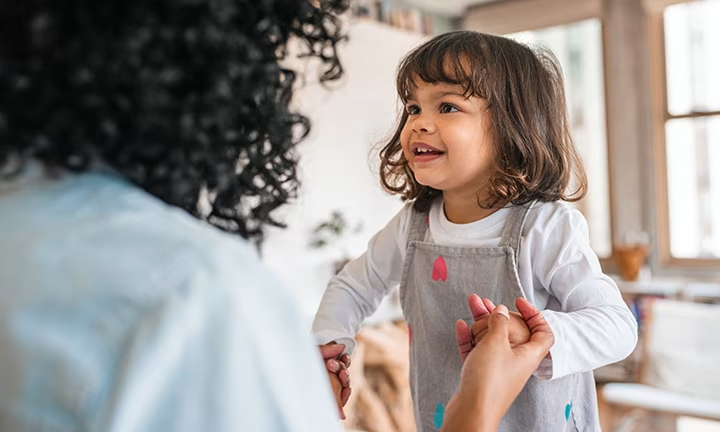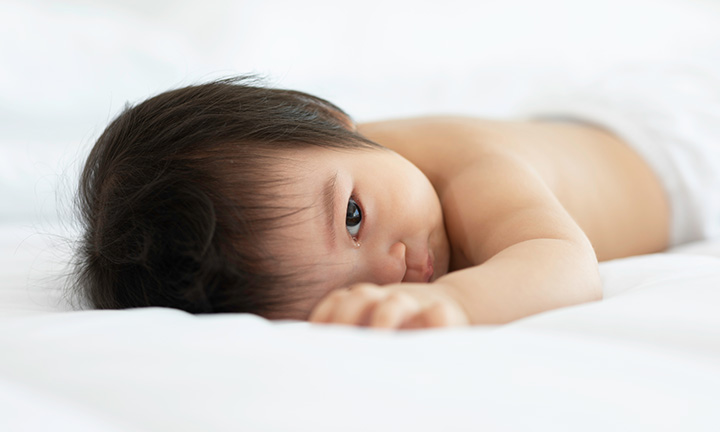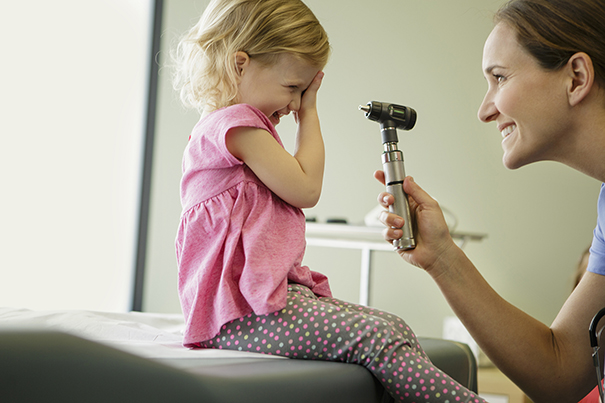
All About Warts and Verrucas on Children
The word warts might conjure up images of wicked witches in fairy tales, but warts often show up on kids too. Find out what warts are and what causes warts on your toddler or older kid’s hands, feet or other parts of the body. We’ve also got some great tips on prevention and wart treatment for kids.
What Are Warts?
Warts are firm, rough-feeling growths on the skin. They’re so common that almost everyone gets them at some time in their life. They are usually skin coloured or look a little darker on dark skin; but they can also be yellow, pink or pale brown. Some may have a black spot in the middle (caused by bleeding)
Anyone can get a wart, but they are the most common in children. Warts can appear anywhere on your kid’s body, but they most often show up on the hands.
A verruca is an often-painful kind of wart that usually grows on the soles of the feet, and less commonly around the toes.
The good news is that warts on children are harmless and usually clear up by themselves with time, although it can take up to several years. Treatments are also available to remove warts, but these can also take months to be completely effective.
What Causes Warts on Children?
Warts are caused by a common virus called the human papillomavirus (HPV). It’s worth pointing out that the strain of HPV virus that causes warts on children is not the same virus that’s associated with sexually transmitted genital warts in adults.
HPV thrives in warm, moist places, such as small cuts or scratches on your child's skin. Once the virus finds itself a comfy little niche, a wart may start to develop.
A child can pick up HPV by touching something that someone with a wart has used, like a towel, or through close physical contact with an infected person.
What Kinds of Warts Are There?
Here are some of the different kinds of warts:
How Do You Treat Warts on Kids?
A pharmacist or your child’s doctor will be able to recommend appropriate treatment, depending on the type of wart your child has. You may not have to do anything to get rid of it, as some warts clear up on their own. Others may require repeated treatments.
These are some of the available wart treatment options for kids:
How Do You Stop Warts from Spreading?
To help prevent existing warts from spreading to other parts of your child’s body to another, discourage your child from
Other steps you can take to stop warts spreading include:
How Do You Prevent Warts on Kids?
You can’t fully prevent your child from getting a wart, but there are some ways to help guard against warts or stop warts spreading from child to child.
Follow these guidelines to help reduce the chance of a wart forming:
When Should You See the Doctor?
See your child’s doctor if
The Bottom Line
If your child has warts, don’t be alarmed. Warts can be treated and often disappear on their own. Sooner or later, your child's skin will be back to normal.
In the meantime, do your best to keep warts at bay by encouraging good hygiene habits like washing hands, keeping skin clean and dry, wearing flip-flops at the swimming pool and not sharing objects like towels.
Teaching your child these hygiene basics not only helps prevent warts but may also prevent some other infections and a whole host of other common childhood illnesses from developing.
The information in this article is based on the expert advice found in trusted medical and government sources, such as the National Health Service (NHS). You can find a full list of sources used for this article below. The content on this page should not replace professional medical advice. Always consult medical professionals for full diagnosis and treatment.
Read more about Toddler
Related Articles
Join Pampers Club and get:









